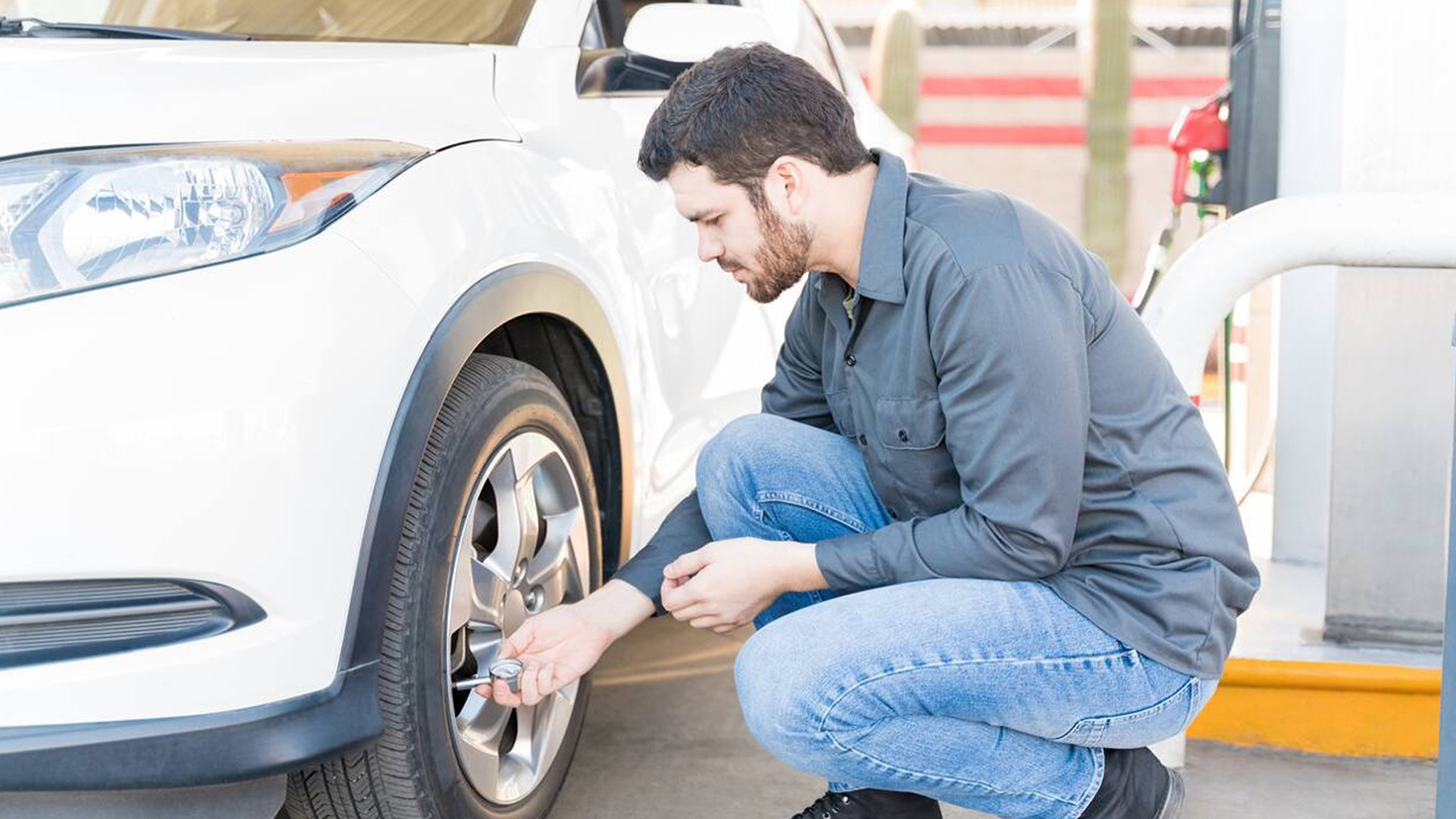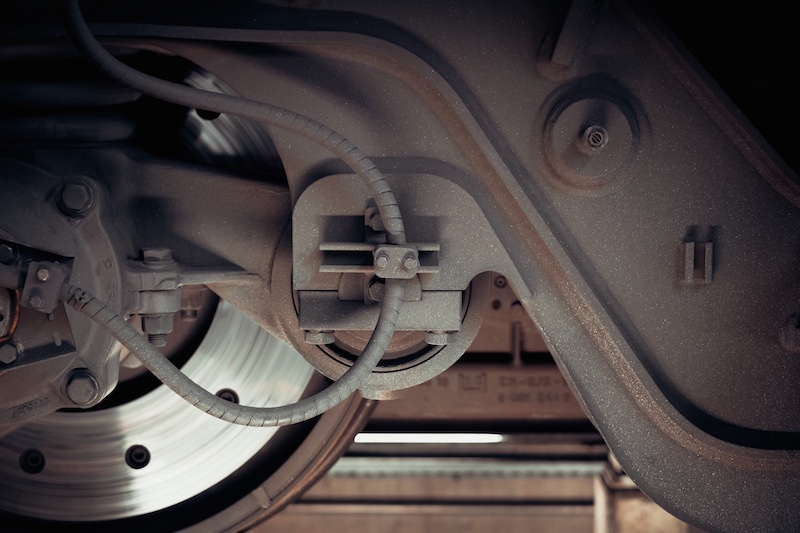
We can all agree our cars can cost us a pretty penny, but thankfully, there are some ways you can make car ownership a little more affordable — and they don't all have to be about driving economically!
Let's look at your tires; for instance, did you know there are several ways your tires could cost you money? From uneven wear to improper alignment, here are the things to look out for.
Low tire pressure
A tire with severely low pressure will noticeably impact the handling of your vehicle, but even the slightest drop in pressure from the recommended amount can affect your fuel economy. A study conducted by the National Highway Traffic Safety Administration (NHTSA) found that for every 1% decrease in tire pressure, fuel economy would decrease by 0.3%.
This might not sound like much, but even a tire with a 25% lower tire pressure than the manufacturer's recommendation can look fully inflated. That would equate to a 7.5% drop in MPG — taking a vehicle that usually gets 20 to the gallon down to 18.5, for example. Over many miles of commutes, errands, road trips, and Sunday jaunts through the mountains, this can begin to add up.
If your car doesn't have a built-in tire pressure monitoring system, a tire pressure gauge is all you need to keep an eye on things. It's normal for a tire to lose one or two PSI every month so checking your tires regularly is a smart habit when filling up for gas to ensure that it's not impacting your fuel economy. It's worth noting that for every 10 degrees F up or down, there's a 1 PSI gain or loss.
Tire pressure should be checked when tires are cold rather than after driving because they get hot and inflate.
Improper alignment and balance
Another thing that can impact fuel efficiency and tire wear is the alignment and balance of your wheels. If you ever have your wheels worked on or tires changed by a professional, they'll likely rebalance and align as part of the service.
Your wheels can get out of alignment, whether hitting a curb or a pothole, a suspension modification, or caused by worn parts. Here are some of the symptoms of bad wheel alignment:
- Pulling to one side
- Excessive tire wear
A pull to one side can also be caused by a low tire, so checking the pressure before spending the time/money on checking alignment is an easy first step anyone can take.
If your wheel balance is out, it might not be so noticeable, but you should feel the effects as a vibration that worsens at higher speeds.
A mechanic or tire shop will be able to fix these issues, but you can also buy a laser alignment tool if you regularly come across these problems.
Budget tires vs. premium
When trying to save money on the costs of running a car, it can be tempting to go for budget tires — especially if you need to buy a whole set at once. The problem is that these tires don't last as long as the mid-range or premium brands, meaning you'll be shelling out for new boots more often.
Depending on how you drive, you might not need a top-tier brand; something in the middle should do. However, if you drive a specialty vehicle such as a truck or sports car, it's worth paying for the best as your tires will last longer and you'll get better performance.
The type of tire you buy also matters. If you want maximum fuel efficiency and comfort, a touring tire could improve your MPG while giving you a smoother ride. On the other hand, performance tires are designed for maximum grip, but the trade-off is fuel economy, so choose wisely.
Rotating your tires
Because the tires fitted at the front of a vehicle often wear faster than those on the rear, it's important to rotate them regularly. By changing the position – such as front to rear and vice versa – you can extend the life of your tires. Rotation periods vary, but you'll need them more often if you regularly drive at high speeds or undertake long, fully laden journeys.
Don't let tires wear right down.
It can be tempting to keep putting off that new set of tires for budget reasons. However, when tire tread wears away, tires are no longer able to channel water on the road out from underneath, which causes hydroplaning and loss of traction. Even at low speeds, this could cause severe and expensive damage to your vehicle (not to mention to you, your passengers, and the environment around you). Repairing your car (or even paying your insurance deductible) will usually cost much more than a new set of tires.
By keeping an eye on your tires, you'll be able to save money on fuel and other expenses — money that's better spent on road trips and DIY projects, of course. These tips will also help you maximize comfort and performance during every drive, something that's just as important for our wallets as it is for our driving enjoyment.
How do you keep your vehicle costs down? Let us know in the comments.







